
The two founders of Solano Energy: CEO Tran Tuan Anh (left) and CCO Pham Anh Khoa. Anh Khoa is also a familiar name in the Vietnamese start-up world as the co-founder of Yola – Photo: SE
Buildings, apartments, households… that have installed Solano Energy storage batteries are both users and electricity storage stations. If these locations have solar power systems, the electricity generated is stored in batteries, connected to the grid, and is also a place to produce electricity.
Smart energy model
“For a new start-up, our long-term goal sounds like building a house from the roof up. That is to support the Vietnamese electricity industry to transform from a centralized production model that uses a lot of fossil energy to a distributed energy production model that uses a lot of renewable energy,” said Solano Energy CEO Tran Tuan Anh.
This start-up was founded in 2022 with members being Vietnamese engineers from Oxford and Cambridge Universities. Mr. Tran Tuan Anh - one of the two co-founders is an engineer from Oxford University, PhD in control technology.
He has developed power plants, aircraft engines and invested in more than 20 breakthrough technology companies. During 2018-2020, Vietnam experienced a solar power boom with the government 's FiT electricity purchase mechanism to encourage solar power.
However, after the FiT mechanism was no longer in place, the market stagnated and did not really develop to its full potential. From a technological perspective, Tuan Anh said that overall, Vietnam's solar power is lacking in electricity storage technology and solar grid connection technology.
Solano Energy CEO said that Solano has now launched storage batteries installed for some of its first customers, which are LFP batteries - the latest generation of lithium batteries currently used in Tesla's new electric cars.
The battery is durable and very safe as it is explosion-proof and puncture-proof. The target is small-scale buildings and households.
The second component is the software that connects and manages the battery storage system, which acts as a virtual power plant, and the virtual battery storage can interact as a large system with the general grid.
“This is a policy issue, not just a technical one, so we are still researching to introduce this system with the management agency,” he said.
Specifically analyzing, Dr. Tran Tuan Anh said that Vietnam's current power system has a scale of more than 80,500 MW, of which 20% is solar energy. However, due to the variability and instability of solar power, it actually only contributes 10% of the total electricity used.
To increase the installed capacity of solar power from 10% to 20%, there must be an effective storage system. “If each household and building has a battery storage system, it will not only meet the demand for electricity consumption but also be a storage point where the grid system can coordinate the input or output of electricity. This model has been applied in many developed countries such as the US, UK, Australia…”, Mr. Tuan Anh described.
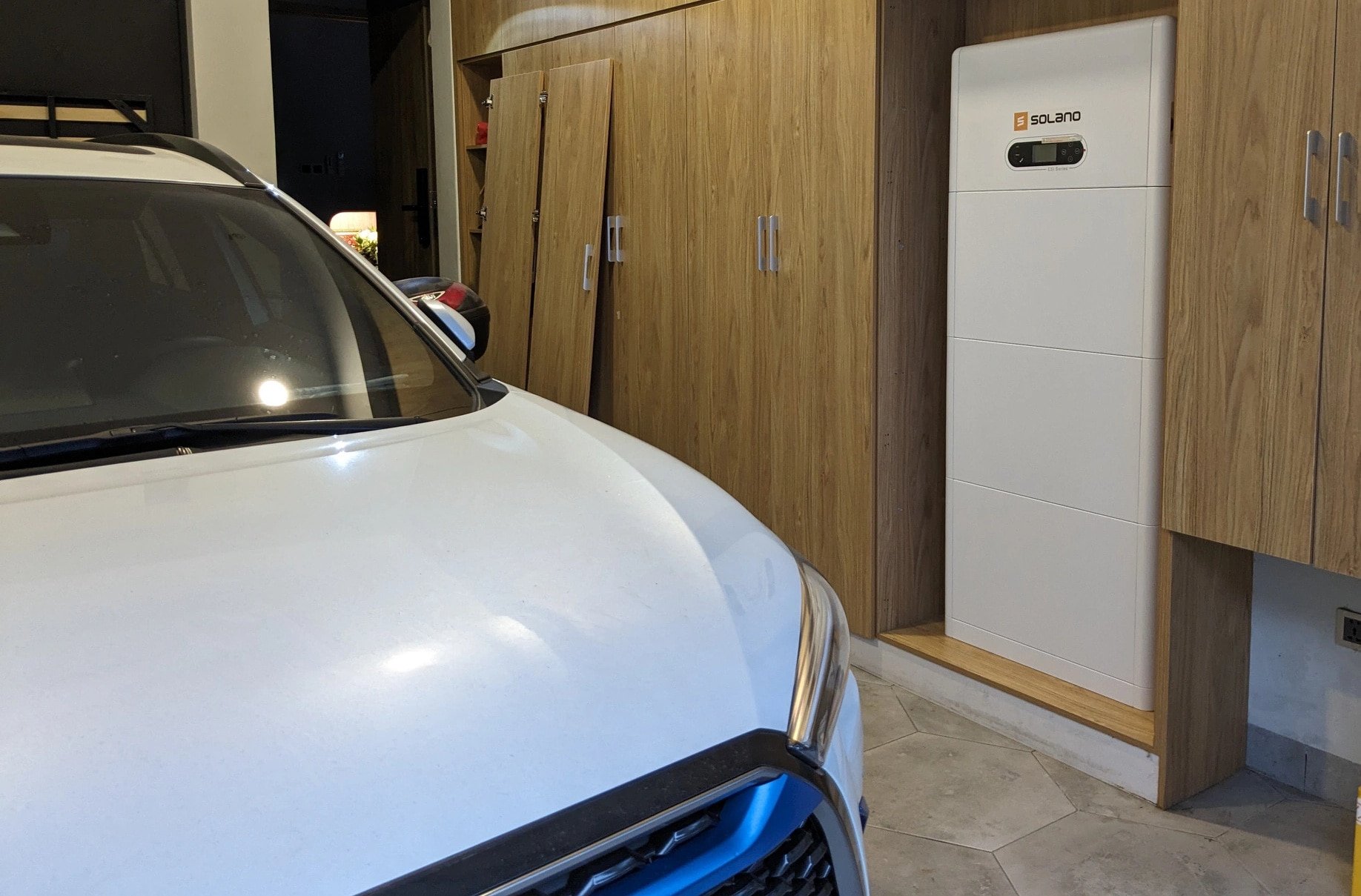
Solano Energy's battery storage prototype is being tested. Like water tanks, battery storage could be a useful product in households and buildings in the future - Photo: SE
Electricity is the bread of industry
Growing up in a family with parents who are both engineers, Dr. Tran Tuan Anh always remembers his parents' saying: "Electricity is the bread of industry." Without electricity, it is almost impossible to develop industry.
Most of the new production technology in the last 20 years is electricity-based technology, not fuel-based. Vietnam is also boosting industrial production, increasing the contribution to GDP means increasing electricity production.
“Preliminary statistics show that if we want to increase GDP by 1 percentage point, we have to increase electricity supply by 2 percentage points. For example, last year, GDP increased by 7.5%, which means the electricity industry had to grow by 15%.
"If we want to maintain a growth rate of 15% like that, it will be very difficult if we develop on a traditional scale of building large-capacity power plants and then having to build large power transmission lines," he explained.
According to him, that problem cannot be solved by only following the centralized model. Therefore, companies like Solano were born to jointly support solving that energy problem with a decentralized solution.
Imagine, instead of building a 100MW power plant, split 100MW into 1,000 rooftop solar power units in the city. 1,000 is not too many, but the amount of electricity produced is equivalent to 100MW.
Using battery storage helps absorb all the electricity generated by the rooftop solar system. Because the distributed systems located in the city are all places that consume a lot of electricity, when generating or storing electricity, it can be done locally in a city or a region without needing to be national in scale.
“From the perspective of the electricity industry, this solution helps increase supply, reduce investment costs, and provide an additional service that they can use without having to invest too much of their resources,” CEO Tran Tuan Anh explained.
Large cities like Ho Chi Minh City would be ideal for Solano Energy's model.
According to Dr. Tran Tuan Anh, the distributed energy production model is most effective when the density of installed battery storage systems is high.
“If there are 10 storage systems, 5 in Hanoi , 3 in Ho Chi Minh City, 2 in Da Nang, if the systems are shared with each other and still have to run on the national power line, the system will lose its meaning.
If all the systems are also concentrated in one place, this system will be most effective. We want to choose Ho Chi Minh City as the first place to implement the model," said Mr. Tuan Anh.
Solano Energy's goal is to install as many battery storage systems as possible in small-scale buildings in the city by collaborating with investors of urban areas of 50-200 units, groups of construction contractors, architects, interior designers, etc.
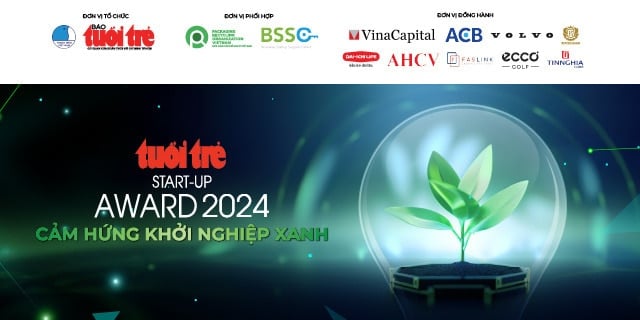



![[Photo] General Secretary To Lam attends the 8th Congress of the Central Public Security Party Committee](https://vphoto.vietnam.vn/thumb/1200x675/vietnam/resource/IMAGE/2025/10/4/79fadf490f674dc483794f2d955f6045)



![[Infographic] Notable numbers after 3 months of "reorganizing the country"](https://vphoto.vietnam.vn/thumb/1200x675/vietnam/resource/IMAGE/2025/10/4/ce8bb72c722348e09e942d04f0dd9729)
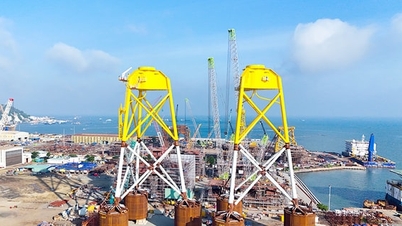





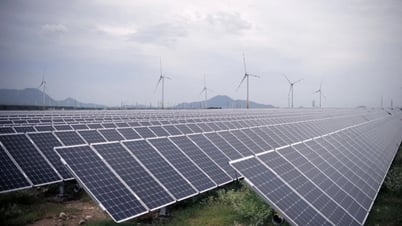

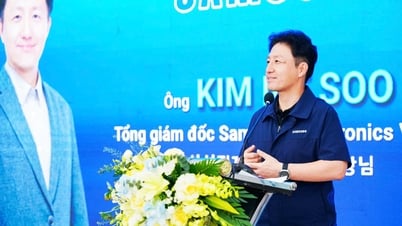

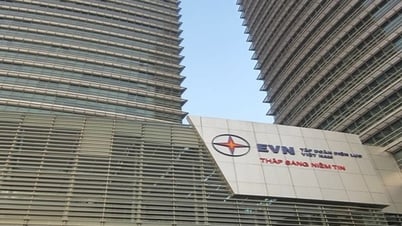





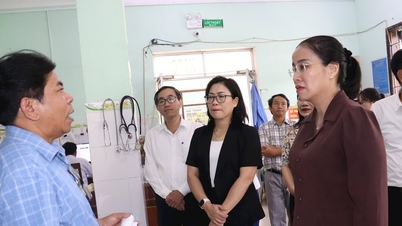









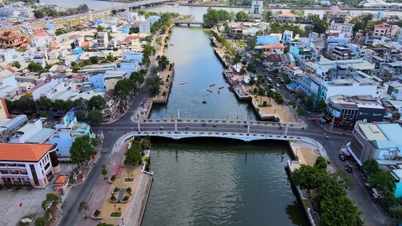

![[Photo] Prime Minister Pham Minh Chinh chairs meeting to deploy overcoming consequences of storm No. 10](https://vphoto.vietnam.vn/thumb/1200x675/vietnam/resource/IMAGE/2025/10/3/544f420dcc844463898fcbef46247d16)
![[Photo] Students of Binh Minh Primary School enjoy the full moon festival, receiving the joys of childhood](https://vphoto.vietnam.vn/thumb/1200x675/vietnam/resource/IMAGE/2025/10/3/8cf8abef22fe4471be400a818912cb85)





































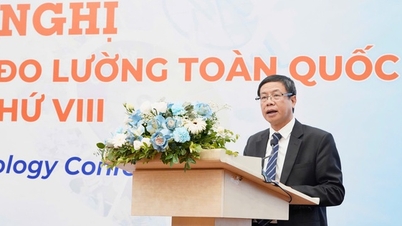



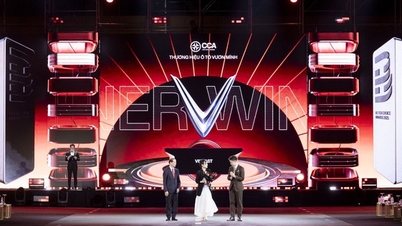



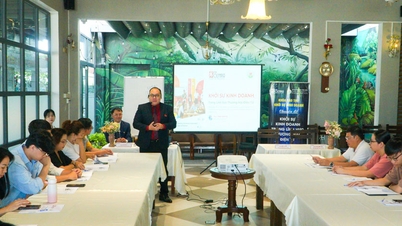




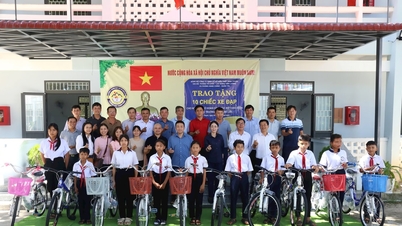

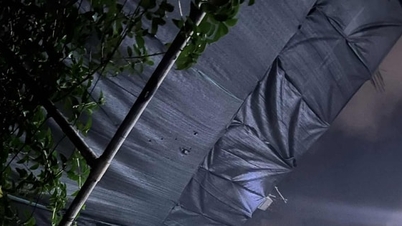















Comment (0)